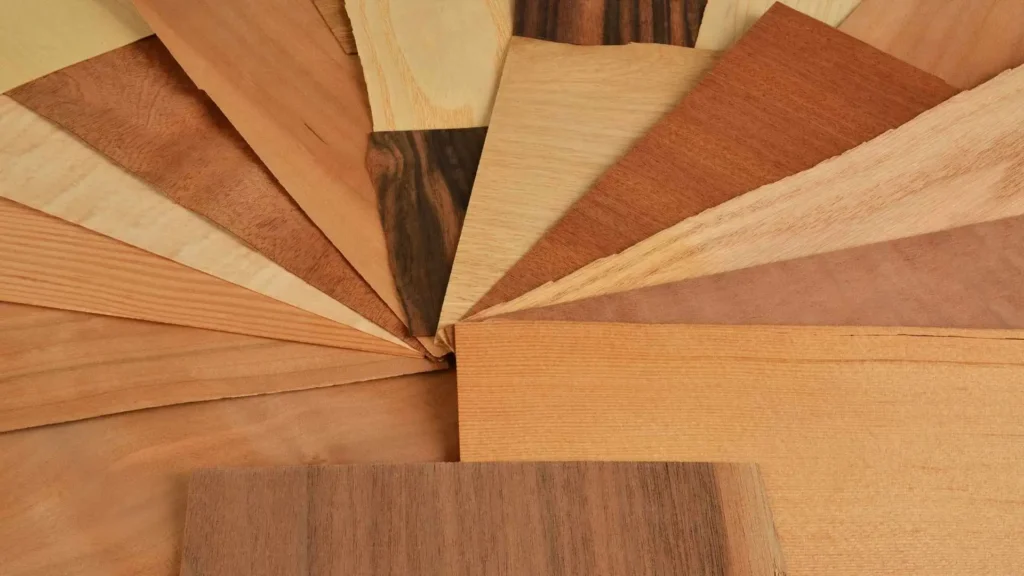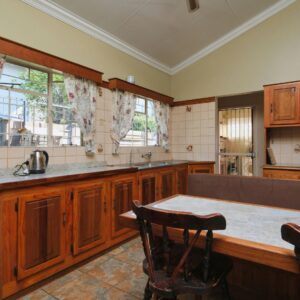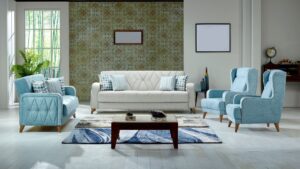If you are thinking about buying furniture or planning a home renovation, you might have heard the terms like plywood and veneer. But what exactly are these materials? How are they different? And which one should you choose?
What is plywood?
Plywood is actually engineered wood made by glueing together several thin layers of wood called veneers. These layers are stacked with grain running in alternate directions which makes plywood strong stable and least likely to warp or crack. Because of its strength and versatility plywood is widely used in furniture making construction loading and cabinetry.
What is veneer?
It is a thin sheet of natural wood sliced from a log. It is usually just 0.3 to 0.6mm thick. It is often glued onto cheaper wood or plywood surfaces to give furniture or walls or real wood would look without the cost of solid wood. You can think of veneer like beautiful wood skin that covers the surface.
How are we near and plywood used together?
Many times veneer and plywood are combined to get the best of with the world’s. A plywood sheet basically forms the strong base of furniture and thin veneer sheets are glued on top for a beautiful finish. This combination is very popular because it gives you a strong furniture that looks solid and you can get it at a lower price.
Cost comparison
Veneer an be very expensive depending on the wood species exotic woods like rosewood cost more. Since veneer is thin it uses less wood overall but requires skill to apply which can add to the cost. Plywood is usually cheaper as compared to the veneer sheets. The price depends on the plywood grade like moisture resistant is affordable and good but water resistant or waterproof plywood is more expensive. So overall furniture with a veneer finish over plywood costs more than plain plywood furniture.
Main differences
| Feature | Veneer | Plywood |
| What it is | Thin slice of real wood | Layers of wood glued together |
| Thickness | Very thin (0.3-0.6 mm) | Usually 6 mm to 18 mm or more |
| Strength | Not strong by itself | Very strong and stable |
| Appearance | Natural wood grain and texture | Can be covered with veneer or laminate |
| Uses | Surface finish on furniture | Base material for furniture, construction |
| Cost | Depends on wood type; can be costly | Moderate, varies with grade |
Pros and Cons of Veneer and Plywood
Veneer
Pros:
- Beautiful natural wood appearance.
- Eco-friendly: uses less wood than solid wood furniture.
- Can be polished or finished easily.
- Can mimic expensive wood species.
Cons:
- Thin and delicate; can peel or chip if handled roughly.
- Needs to be applied carefully.
- Not strong by itself.
Plywood
Pros:
- Strong and durable.
- Resistant to warping and cracking.
- Versatile for many uses.
- Usually more affordable than solid wood.
Cons:
- Surface looks plain unless covered with veneer or laminate.
- Lower grades may have gaps or knots inside.
Tips for Buying Veneer and Plywood Furniture
- Check the Quality: Good plywood should have even layers without gaps. Veneer should be smooth and well-bonded.
- Know the Grade: For plywood, MR grade is good for indoor use; BWR/BWP is better for moisture areas.
- Ask About Finish: Veneer surfaces can be polished or laminated; make sure it matches your style.
- Inspect the Joints: Quality plywood furniture will have tight joints and smooth edges.
- Consider Maintenance: Veneer surfaces need gentle cleaning and care to avoid scratches.
Both veneer and plywood are important materials and Modern furniture making. They are different often but work together perfectly. Plywood provides us with strength and base while veneer gives the beauty and finish.





